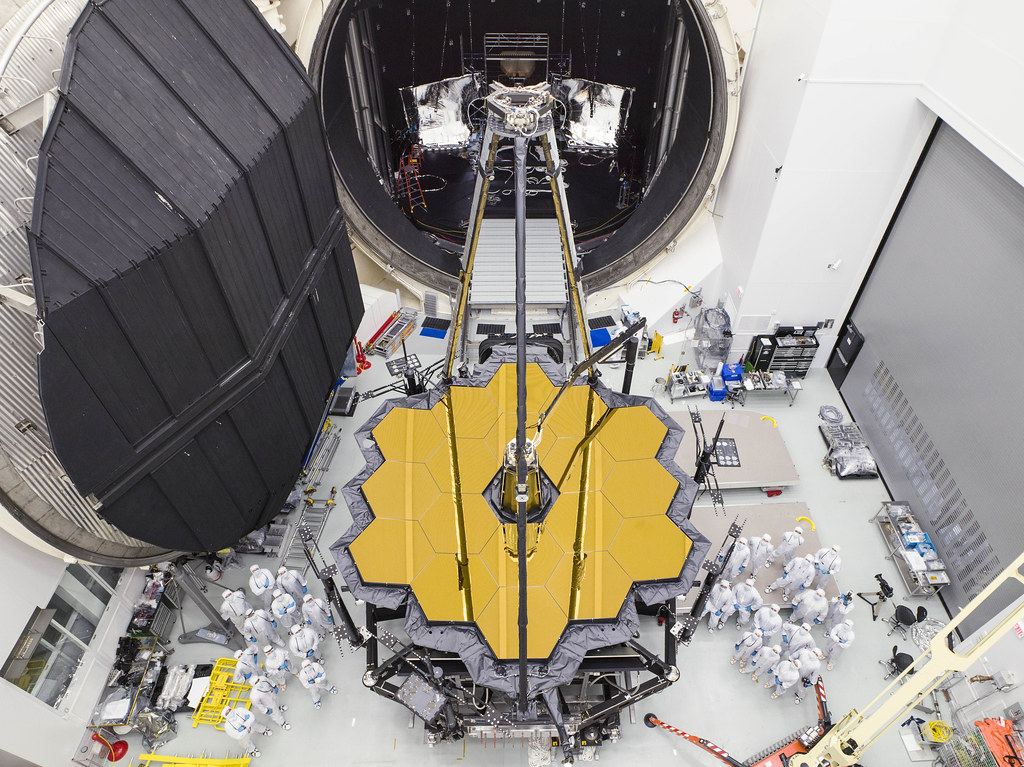
NASA is getting ready to launch a new telescope that will be dedicated to never-before-seen parts of space.
The James Webb Space Telescope, which will observe space from space itself, has been given a new launch window: December 24. The telescope has been named in honor of the space agency’s second administrator, James Webb, who was at the helm of NASA from 1961 to 1968.
The telescope will make its way to space on an Ariane 5 rocket launching out of French Guiana in South America. The mission is being conducted by NASA, the European Space Agency (ESA) and the Canadian Space Agency.
The orbital telescope is thought to be the next frontier for NASA’s space telescopes, following in the footsteps of the Hubble and Spitzer that came before it. Both of these telescopes have created images of never-before-seen parts of space, but the James Webb is thought to be the most exciting edition to NASA’s program, with the space agency calling it “the largest and most powerful science telescope ever built.”
Eric Smith, James Webb’s program director, told the Associated Press that he “likes to think of (the telescope) as NASA’s vehicle for the deepest space exploration that humanity can do. It will allow us to see farther back in time, to the time when the very first stars and galaxies were being born.”
Smith also noted that the telescope’s infrared abilities give it the ability “to peer through clouds of gas and dust in our own galaxy, where stars and planets are being born today.”
NASA touches the sun’s surface for the first time in history
December is shaping up to be an extremely significant month for NASA, as one of their spacecrafts reached the Sun’s surface for the first time in history on Tuesday. NASA’s Parker Solar Probe made it to the Sun’s upper atmosphere, collecting samples of particles and magnetic fields from the star that gives our planet life.
The success of the Parker Solar Probe is the Sun’s equivalent of the Moon landing. The data collected from the Sun is expected to give scientists a radical new understanding of the star and its importance to our solar system.
“Parker Solar Probe ‘touching the Sun’ is a monumental moment for solar science and a truly remarkable feat,” said Thomas Zurbuchen, the associate administrator for the Science Mission Directorate at NASA. “Not only does this milestone provide us with deeper insights into our Sun’s evolution and its impacts on our solar system, but everything we learn about our own star also teaches us more about stars in the rest of the universe.”
The Parker Solar Probe was launched in 2018 in order to retrieve never-before-seen data from the Sun by reaching its surface. Three years after its initial launch, the probe has finally reached the sun and achieved its mission.
See all the latest news from Greece and the world at Greekreporter.com. Contact our newsroom to report an update or send your story, photos and videos. Follow GR on Google News and subscribe here to our daily email!



